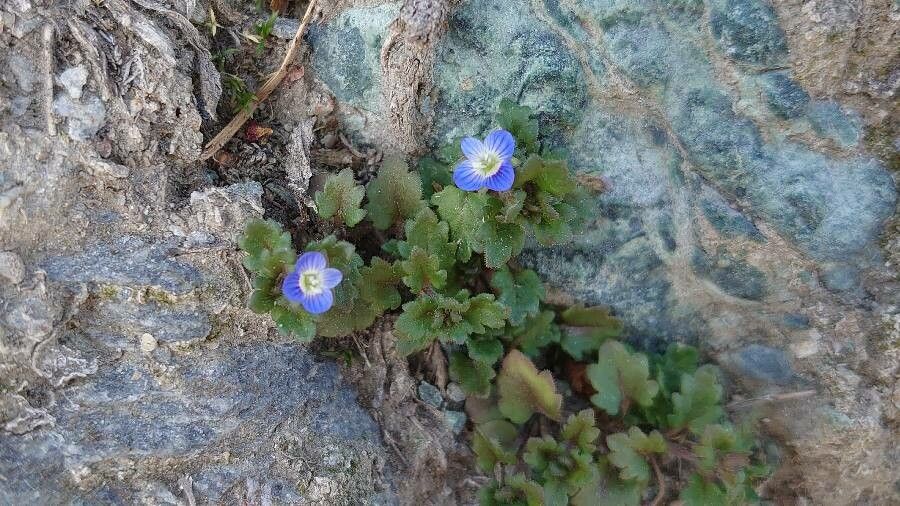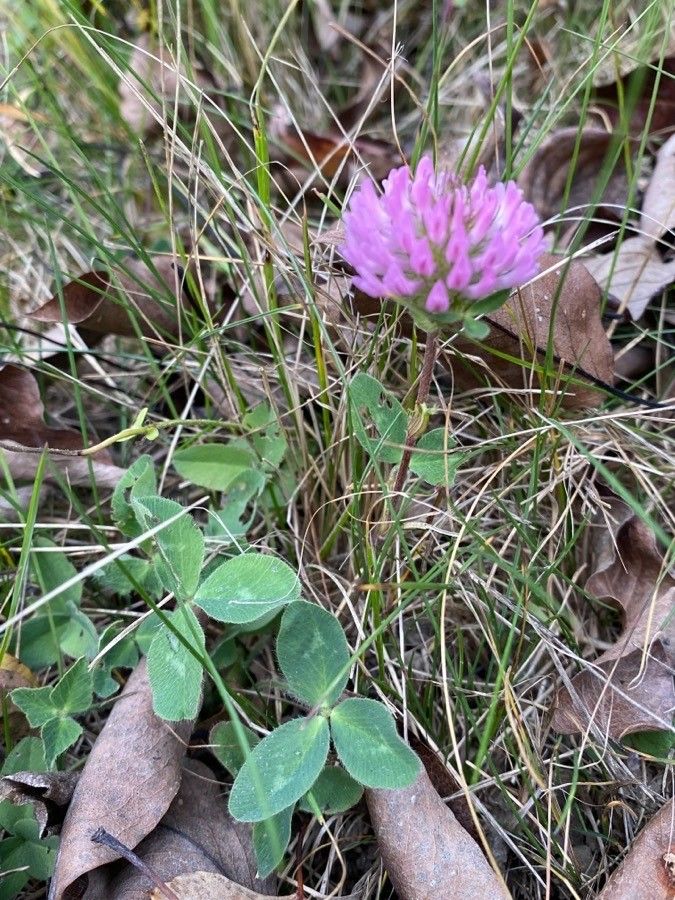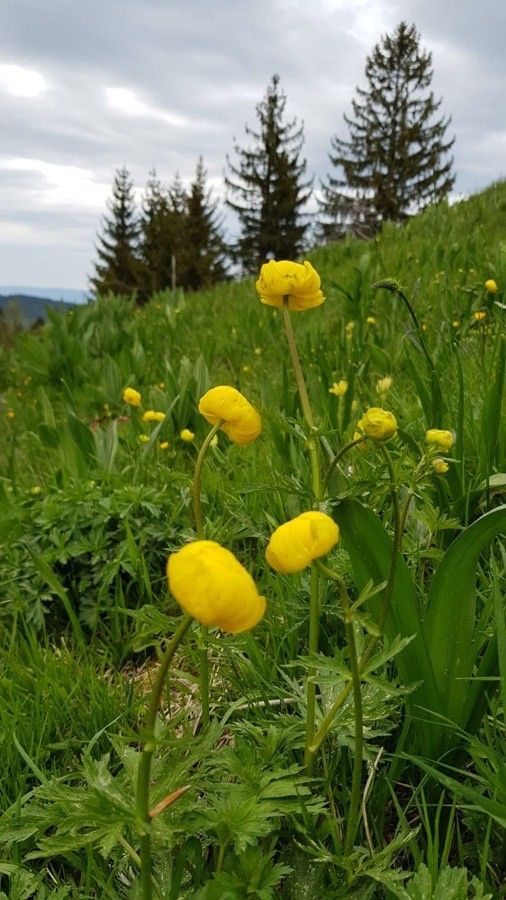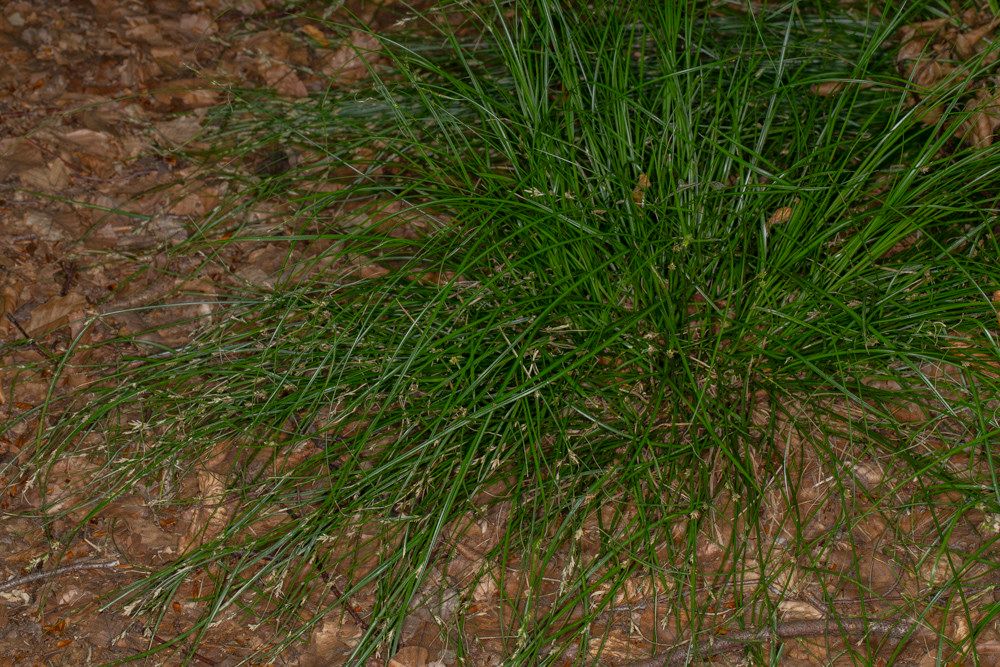## Grey Field Speedwell: A Comprehensive Guide
Grey Field Speedwell (*Veronica polita*), a member of the Plantaginaceae family, is a common sight in many parts of the world. This unassuming wildflower, often overlooked, boasts delicate beauty and fascinating characteristics. Whether you consider it a charming addition to your garden or a persistent weed, understanding its growth habits and features is key to effective management or cultivation.
### Identification
Identifying Grey Field Speedwell is relatively straightforward. Look for its small, ovate to oblong leaves, arranged oppositely along the stems. These leaves are usually smooth-edged or slightly toothed and have a slightly hairy texture. The flowers are a standout feature – small, pale lilac to blue, with four petals and a distinct darker central stripe. These blooms typically appear in spring and summer, emerging from the leaf axils. The plant typically grows low to the ground, often forming sprawling mats.
### Habitat and Growth
Grey Field Speedwell thrives in disturbed habitats, frequently found in meadows, pastures, lawns, and along roadsides. It prefers full sun to partial shade and tolerates a wide range of soil types, though it favors well-drained conditions. Its adaptability allows it to colonize areas quickly, often leading to its classification as a weed in some contexts. Its prostrate growth habit enables it to spread easily, making it a potentially aggressive groundcover.
### Cultivating Grey Field Speedwell
While often considered a weed, Grey Field Speedwell can be cultivated as a low-maintenance groundcover in gardens. Its tolerance for various soil conditions makes it a suitable choice for less-than-ideal planting areas. However, its spreading nature requires careful consideration. To control its growth, regular mowing or hand-weeding may be necessary. Propagation is typically achieved through seeds, which are easily dispersed by wind and animals.
### Grey Field Speedwell vs. Other Speedwells
Several species within the *Veronica* genus share similarities with Grey Field Speedwell. Careful observation of leaf shape, flower color, and overall plant habit is crucial for accurate identification. Consulting detailed botanical keys or field guides can aid in differentiating it from similar species.
### Ecological Role
Grey Field Speedwell plays a role in its ecosystem, providing nectar and pollen for pollinating insects. Its spreading habit can help stabilize soil and prevent erosion in some situations. However, its competitiveness can impact the diversity of other plant species in disturbed habitats.
### Managing Grey Field Speedwell as a Weed
If Grey Field Speedwell is considered a weed in your garden or lawn, several management strategies can be employed. Regular mowing can suppress its growth. Herbicides are also an option, but should be used judiciously and in accordance with local regulations. Hand-weeding is effective for small infestations but may be more labor-intensive for larger areas.
### Conclusion
Grey Field Speedwell, a fascinating member of the plant kingdom, offers a glimpse into the resilience and adaptability of wildflowers. Whether appreciated as a delicate groundcover or managed as a weed, understanding its characteristics provides valuable insights into its ecological role and effective management strategies.
Grey Field Speedwell: Identification & Growing Guide

Frequently Asked Questions
How to identify Grey Field Speedwell?
Look for small, pale lilac to blue flowers with four petals and a darker central stripe. The leaves are ovate to oblong, oppositely arranged, and slightly hairy. Its prostrate growth habit is also a key identifier.
Is Grey Field Speedwell a weed or a wildflower?
It depends on the context. While it's a native wildflower, its aggressive spreading habit can make it a problematic weed in cultivated areas, lawns, or gardens where other plants are desired.


